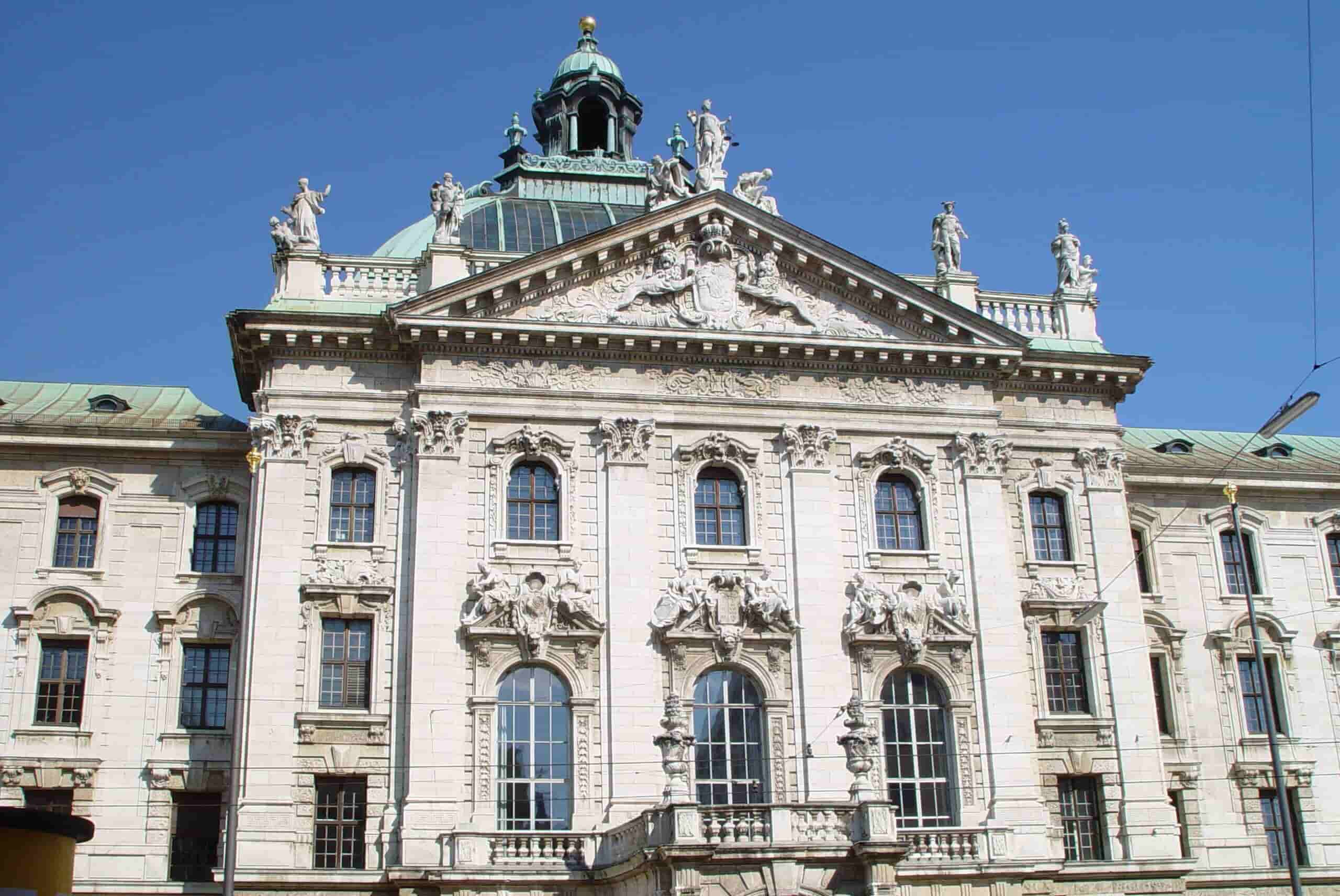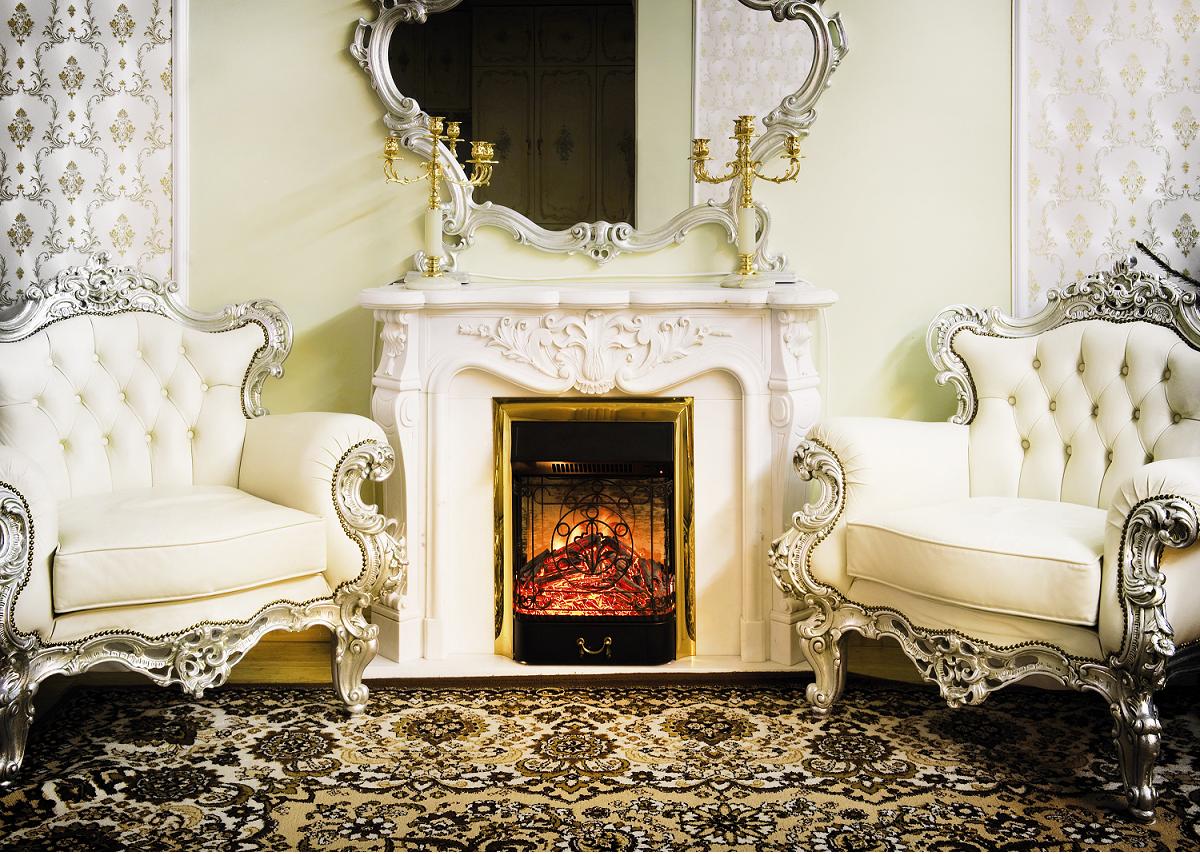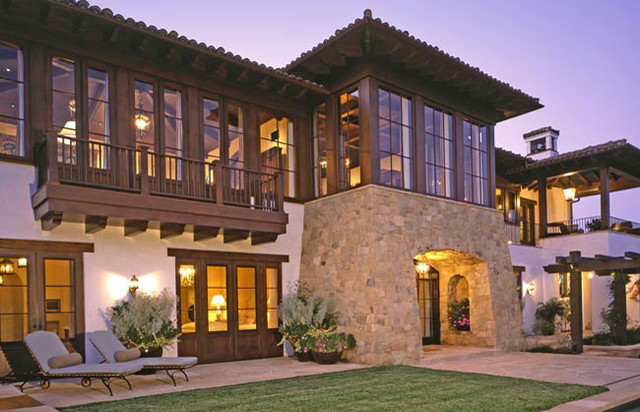Table Of Content

Baroque interior design is the style of decor style of the Baroque period of architecture, art, and design that developed in the 17th and first half of the 18th century in Italy and France. Baroque interior design refers to the style of decor that was used during the Baroque period of architecture, art, and design in the 17th and first half of the 18th century. Like any aesthetic period, understanding Baroque architecture helps tell the human story. Not only does it serve as a lasting reminder of an important moment in history, but studying its impact explains the desires and ideals of Europeans at that time. It was also one of the first architectural styles to spread globally and a prime example of the way architecture is used to convey cultural messages. Three broader cultural and intellectual tendencies had a profound impact on Baroque art as well as Baroque music.
More on My Modern Met
Baroque Casa Is Soho House's Latin American Masterpiece in Mexico City - stupidDOPE.com
Baroque Casa Is Soho House's Latin American Masterpiece in Mexico City.
Posted: Wed, 04 Oct 2023 07:00:00 GMT [source]
The use of reflective surfaces, such as gilded moldings and mirrors, amplified natural light, creating a dramatic spectacle and reinforcing the imposing presence of Baroque buildings. The Catholic Church strongly supported Baroque architecture, using its impressive complexities to visually counter reformed churches. This unique approach brought about a new era of rich and vibrant designs that became synonymous with high culture across Europe by the seventeenth century. Italian architects of the late sixteenth century sparked the Baroque architectural movement. Known for its dramatic style and influence from classicism, this movement quickly flourished in Rome before spreading globally.
Modern Baroque Decorating Tips
The Old Royal Naval College of London is another fantastic example of the work of Sir. Wren’s symmetrical design for the exterior is similar to that of St. Paul’s Cathedral, a building he designed a few miles up the Thames River in central London. Both buildings are a little more reserved and modest when compared to many of the other extravagant Baroque structures on this list.
Church of the Gesù (

It’s popular with both tourists and locals thanks to its incredible ambiance and its impressive architecture. The Fontana dei Quattro Fiumi or the Fountain of the Four Rivers is a Baroque Fountain located within the center of the square. It was designed by Gian Lorenzo Bernini in the mid-1600s and it sits in front of a Baroque Style Church named for Saint Agnese. There’s a big emphasis on the simplified shapes and the overall harmony of the design.
In fact, many people think Wren’s designs more closely resemble works of Neoclassical Architecture rather than Baroque. Vienna’s principal church is a Gothic Cathedral named for St. Stephen, but Karlskirche is also another impressive work of religious architecture within the city. Its located just off of the Ringstrasse, a famous road that encircles the historic core of Vienna. Austria reached its peak under the House of Hapsburg and it was one of the most powerful states in Europe during the Baroque Age. As a result, many incredible works of Baroque architecture can be found throughout cities in Austria, such as Vienna, Salzburg, Graz, and Innsbruck.
The Santi Luca e Matina is another notable church of this period and was constructed in Rome in 1635 by Pietro da Cortona. In the late 16th century in Rome, the Catholic Church set out to compete against the somber academic style of the earlier Protestant and Reformation churches. Their intention was to gain the popular support of the religious local people by creating Baroques churches that created a sense of grandeur and awe. The most representative architect of Baroque architecture is Gian Lorenzo Bernini, a sculptor, painter, and urban planner. He is widely considered the leading figure of the Roman Baroque and one of the greatest artists of the 17th century. He designed many churches, fountains, monuments, and squares in Rome, and the colonnade of St. Peter’s Basilica is regarded as one of the masterpieces of Baroque architecture.
He enjoys analyzing a variety of mediums through a literary lens, such as graphic novels, film, and video games. The palace has played an influential role in French architecture and history and in 1979 was recognized by UNESCO as a World Heritage Site. After the cloister and monastic buildings were completed, the construction of the church began around 1638 and continued until 1641. This example of 17th-century architecture is situated in Rome and currently houses the Galleria Nazionale d’Arte Antica.
Even after the monarchy was once again in power, they stayed in Paris and it would be many years until the palace would be repaired to any substantial degree starting in the 1830s. The apartments in the southern wing would be turned into the Museum of French History during this period. Situated about 19 kilometers west of Paris in France is Versailles, home of the famous palace. Globally, it is one of the most visited tourist attractions with 15,000,000 people visiting it annually. Originally the site was home to a château for King Louis XIII was then expanded in three phases by Louis XIV from 1661 until 1715.
Characteristics of Baroque Architecture
Queen Anne offered some of the financial backings for the project and the land was given as a gift at no cost. The crown would later cancel its support after the project became the victim of political infighting, as Marlborough left for Europe on a voluntary three-year exile, as well as factors that would cause permanent damage to the architect’s reputation. It has been said that appreciation for the architectural aspects of the palace has been as divisive in the modern era as it was in the early 18th century. Hôtel des Invalides translates to “House of the disabled” and refers to a complex of buildings that are all related to the history of France concerning military matters. It contains monuments and museums, as well as a retirement home for war veterans, a hospital, and a chapel that is the highest church building in the entire city. The chapel is now used as a memorial shrine to the military figures of France, such as the tomb of Napoleon.
Renaissance Architecture on the contrary is more reserved and simplified, with a bigger emphasis on harmony and consistency. Another important evolution in Baroque Architecture is the use of complicated geometries. In the most basic sense, you can think of the difference between a circle and an oval. Renaissance buildings make great use of the circle, to create perfectly symmetrical and proportioned spaces. In the above image, you can see a dome designed by Francesco Borromini within the church of San Carlo Alle Quattro Fontane. Borromini utilized an oval for the dome, which was something that was unheard of during the Renaissance.
Baroque Nails Are a Maximalist's Dream Manicure - POPSUGAR
Baroque Nails Are a Maximalist's Dream Manicure.
Posted: Wed, 23 Aug 2023 07:00:00 GMT [source]
The Baroque period is defined by the grandeur and opulence of its art and architecture. Sir Peter Paul Rubens was a prominent Flemish Baroque painter who lived during the Dutch Golden Age. His distinct style emphasized color, movement, and drama—all key characteristics of the Baroque period. Known for his voluptuous women, opulent colors, and dynamic compositions, Rubens established himself as a prominent court painter for the Spanish Hapsburgs, developing an international reputation as an artist and diplomat.

No comments:
Post a Comment